You are here: Home > Thames Piers > Tower Pier
Tower Pier
Peter Ackroyd on Tower
'In 1869 the Tower subway was dug beneath the river to connect Tower Hill in the north with Tooley Street in the south. It was lined with cast iron rather than with brick, and was designed for omnibuses travelling beneath the Thames. It was not a success. If the omnibus stopped for some reason in the middle of the tunnel, the sound of paddle steamers overhead could distinctly be heard by the passengers. It was then turned into a tunnel for pedestrians, before being entirely replaced by Tower Bridge. It is now what is know as a 'ghost tunnel' used to house cables and pipelines. From the cast iron tube the constant noise of the water can still be heard. It has a reputation for being one of the loneliest spots in London.'
'The British giant, Bran, having been mortally wounded in a battle with the Irish, ordered that his head be carried down the Thames and placed by the river at Tower Hill as a bulwark against invasions. As the rowers progressed down the river, the severed head uttered prophecies about the island's destiny. The ancient poems claim that King Arthur removed the head, believing that the country needed no other defender than himself. This why London, and England, became the victim of Roman invasion. Bran also means 'raven' in modern Welsh and in ancient Brythonic. So Charles II was merely reviving an ancient tradition when he placed the ravens in the Tower.'
Peter Ackroyd's Readings on Tower
Hear Peter Ackroyd's Readings on Tower
You will need to get the flash player. Get it here: 
History of the piers
History at Tower Pier.
Download the exclusive Dark Waters history of the piers pdf here (pdf - 2MB).
Buildings around Tower Pier
- Number Key for Dark Waters Map Side One
- 42, 44-47, 54-63
- (15 buildings)
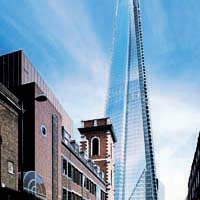
- 42
- The London Bridge Tower aka The Shard
- St Thomas St SE1
- Proposed by Renzo Piano Building Workshop /
- Broadway Malyan
- Image: Stellar Property Group & Hayes Davidson

- 44
- Southwark Gateway
- London Bridge SE1
- Eric Parry Architects
- RIBA Award 1999

- 45
- Hays Galleria
- Counter Street SE1 2HD
- W Snook and H Stock
- Grade II listed
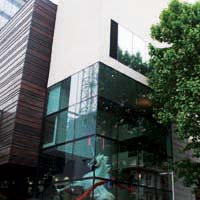
- 46
- Unicorn Theatre
- SE1 2HZ
- Keith Williams Architects
- RIBA Award 2006
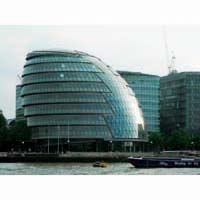
- 47
- Greater London Authority City Hall
- The Queen's Walk Tooley Street SE1 2AA
- Foster & Partners
- Royal Gold Medallist 1983
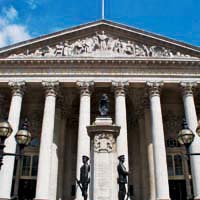
- 54
- Royal Exchange
- Royal Exchange, Cornhill EC3V 3LP
- Sir William Tite
- Grade I listed

- 55
- Old Billingsgate Fish Market
- 16 Lower Thames Street EC3R 6DX
- Sir Horace Jones
- Grade II listed

- 56
- The Pinnacle
- Bishopsgate EC2N 4BQ
- Proposed by KPF with Arup Associates
- Rendering: Cityscape
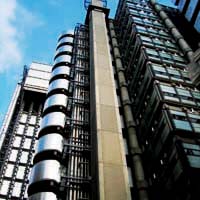
- 57
- Lloyds of London
- One Lime Street EC3
- Richard Rogers Partnership
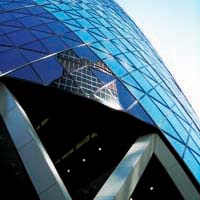
- 58
- 30 St Mary Axe aka The Gherkin
- 30 St Mary Axe EC3A 8EP
- Foster & Partners / Arup Associates
- Stirling Prize winner 2004
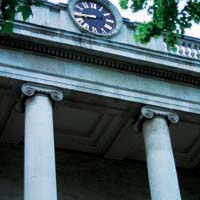
- 59
- The Custom House
- 20 Lower Thames St EC3
- Sir Robert Smirke
- Grade I listed

- 60
- Lloyd's Register of Shipping
- 71 Fenchurch Street EC3M 4BS
- Richard Rogers Partnership
- RIBA Award & Stirling Prize shortlist 2002

- 61
- 10 Trinity Square – Former PLA HQ
- Tower Hill EC3N 4DH
- Sir Edwin Cooper
- Grade II* listed
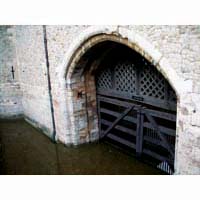
- 62
- Tower of London
- Tower Hill EC3N 4AB
- Grade 1 listed and World Heritage Site 1988

- 63
- Tower Hill Environs
- Tower Hill EC3
- Stanton Williams
- RIBA Award 2005